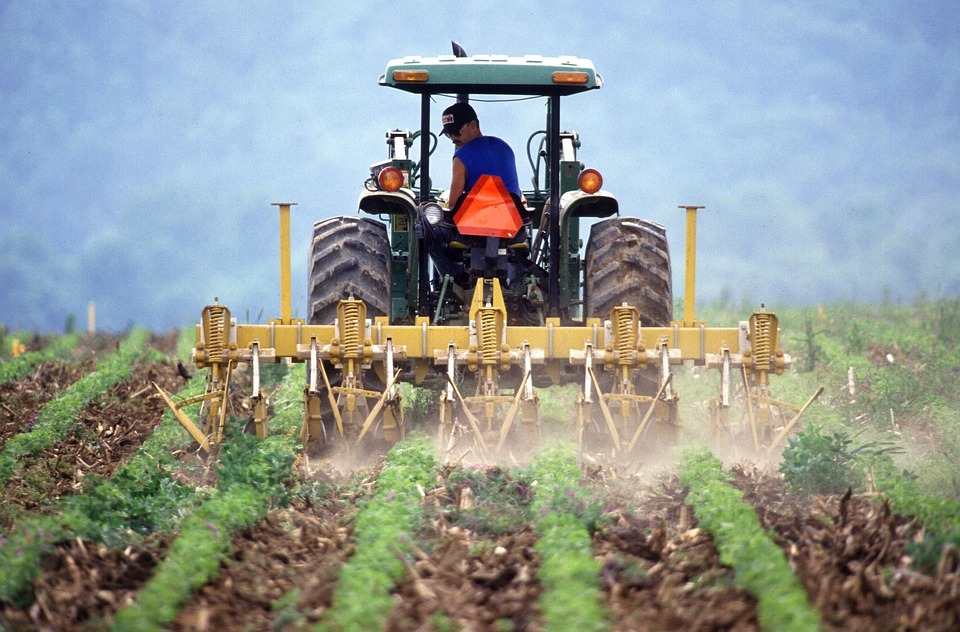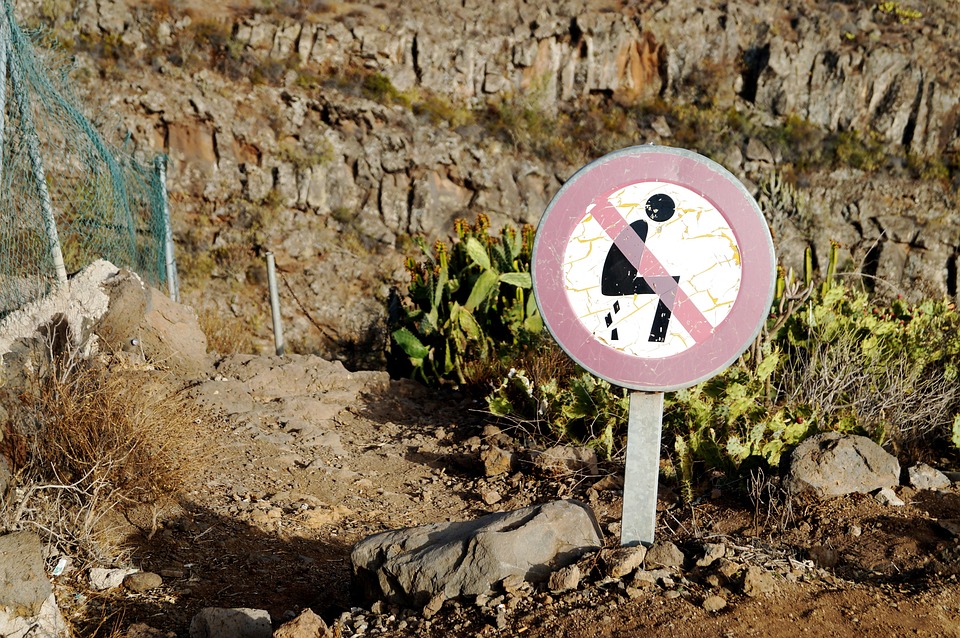**“Solar Savings: How Homeowners are Cutting Costs with Renewable Energy”**
## Solar Savings: How Homeowners are Cutting Costs with Renewable Energy Imagine waking up to the gentle hum of nature instead of the incessant buzz of alarm clocks and city sirens. One sunny morning, while sipping coffee brewed from fresh beans I roasted under a clear azure sky, I marveled at how solar panels adorned my roof like a crown, transforming sunlight into something with more weight than gold—savings. Today, as homeowners increasingly embrace renewable energy, the solar revolution isn’t just transforming lifestyles; it’s also reshaping financial futures. As people become more aware of the numerous benefits that solar energy offers, more are ditching traditional energy sources and opting for renewable options. Cutting costs, reducing carbon footprints, and investing in a sustainable future are all benefits of embracing solar power, and it’s exhilarating to watch this trend unfold across the nation. ### Why Go Solar? The Basics of Solar Energy Many people often wonder what solar energy actually is. In simple terms, it harnesses sunlight and converts it into electricity or heat. Solar panels, typically installed on rooftops or in open land, consist of photovoltaic (PV) cells that initiate this conversion. Wondering how this translates to cutting costs? Let’s break it down. ### The Economics of Solar Power 1. **Reduced Energy Bills:** One of the most attractive aspects of solar energy is the instant reduction in electricity costs. Homeowners can experience up to a 70% decrease in energy bills after installing solar panels. This drop can significantly help families save money. 2. **Incentives and Rebates:** Many states and municipalities offer various incentives to encourage homeowners to install solar panels. Tax credits, rebates, and even low-interest loans can reduce the initial installation costs. For example, the federal solar tax credit allows homeowners to deduct a substantial percentage from their federal taxes. 3. **Increase in Home Value:** Homes equipped with solar energy systems often sell for more than their non-solar counterparts. A study by Zillow indicated that homes with solar panels had higher property values. Buyers recognize that solar panels equate to lower energy bills, driving up demand. 4. **Net Metering:** If you generate more electricity than you consume, you can sell that excess energy back to the grid through net metering. This means not only saving on your energy bill but also possibly receiving a monthly check from your utility company! ### The Environmental Impact The shift towards solar energy is not just about saving money—it’s also about preserving our planet. With climate change becoming an increasingly urgent issue, adopting renewable energy solutions is part of the broader endeavor to reduce carbon emissions. Did you know that for every kilowatt-hour of solar energy produced, nearly one pound of carbon dioxide emissions is eliminated? ### The Initial Investment: A Barrier to Entry? Despite the impressive savings and environmental benefits, many homeowners hesitate to go solar due to perceived high initial costs. While a solar installation can seem expensive initially, several financing options, such as leases or power purchase agreements (PPAs), allow homeowners to install solar with little-to-no upfront cost. **Leases and PPAs Explained:** – **Leases:** Homeowners pay a monthly fee to use the solar system, which is owned by a solar company. This can result in immediate energy savings. – **PPAs:** Similar to leases, homeowners purchase the electricity generated by the solar system at a predetermined rate, usually lower than the local utility rate. ### Top Solar Pro Tips for Homeowners 1. **Do Your Homework:** Research different solar companies and compare quotes. Look for reviews, warranties, and customer service ratings. 2. **Evaluate Your Energy Needs:** Understand your monthly energy consumption. The size of your solar panel system will depend on your energy needs and available roof space. 3. **Consider a Battery Storage System:** While solar panels can reduce your energy bills, adding battery storage allows you to store excess energy for use during cloudy days or at night, maximizing savings. 4. **Watch for Seasonal Changes:** Solar energy production can vary by season. Understanding how your energy needs fluctuate or which months see peak energy can help in planning. 5. **Read the Fine Print:** Understand your contract, especially details about warranties, performance guarantees, and maintenance responsibilities. ### Staying Connected: Engaging with Your Community The transition to solar energy is not just an individual journey; it creates community-wide benefits too. Communities that prioritize renewable energy often find their residents more engaged, fostering a supportive environment for sustainability. – **Neighborhood Solar Initiatives:** Many neighborhoods have group purchasing programs, allowing residents to negotiate bulk agreements for solar installations, significantly lowering costs per household. – **Education Centers:** Hosting workshops and seminars can share knowledge about the benefits of renewable energy, helping to demystify the process for residents considering solar. ### Real-Life Savings: Success Stories Many homeowners have cut costs significantly by making the switch to solar energy. Here’s a snapshot of what people are experiencing: – **The Smiths of California:** They installed a 5kW solar system, resulting in an average monthly utility bill of just $30 compared to the $200 they used to pay. They’re on track to pay off their investment in just five years while enjoying the benefits of net metering. – **The Carters of Colorado:** With a solar lease, they were able to eliminate their utility bill while only paying $120 monthly for the solar setup. The savings were so substantial that they planned a family vacation thanks to their energy savings. ### Overcoming Challenges While the benefits are plentiful, there are challenges too. Issues such as local regulations, installation costs, and initial unfamiliarity with solar energy can deter homeowners. The key to overcoming these challenges lies in education and support. Engaging with local solar advocacy groups and professionals can provide guidance tailored to specific needs and hurdles. ### The Future of Solar Energy As technology advances and the price of solar installations continues to decrease, the future looks bright for homeowners considering renewable energy options. Innovations like solar shingles, improved battery technology, and energy-efficient systems are making solar more accessible and appealing.










